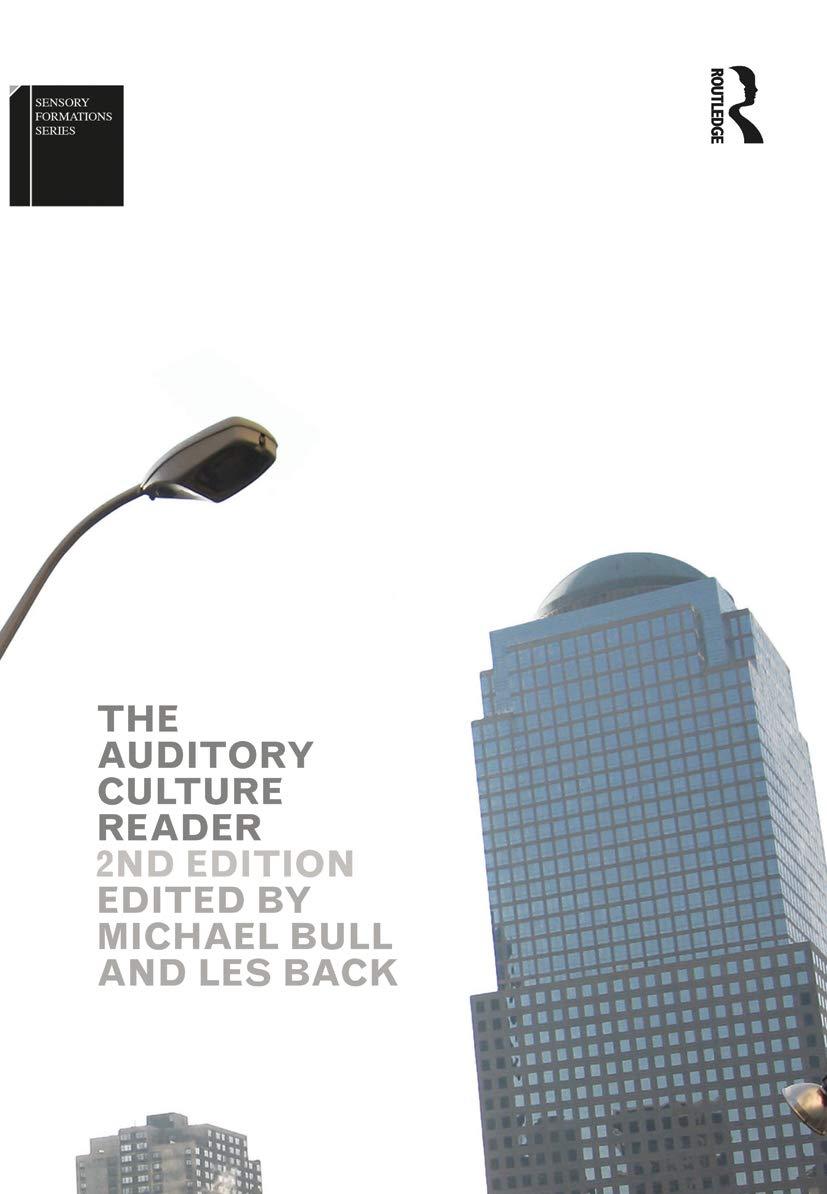Financial Statement Analysis of the Federal Government. The complexity and uniqueness of the federal government makes it difficult to conduct a meaningful analysis of its financial condition. However, conducting a financial statement analysis does provide a better understanding of the federal govenment. To assist in the financial statement analysis, use Illustrations 17-2 and 17-3 along with the following excerpts from the 2013 Financial Report of the United States Government. (Hint: When using revenues or net costs, use the consolidated amounts, which are adjusted for intra- entity activity.) 17-22 UNITED STATES GOVERNMENT Statements of Changes in Cash Balance from Unified Budget and Other Activities For the Years Ended September 30 (in billions of dollars) 2013 2012 Unified budget deficit Adjustments for Noncash Outlays Included in the budget (680.3) (1,089.4) Interest accrued by Treasury on debt held by the public 240.1 242.7 (0.9) TARP yearend re-estimates 32.3 (10.8) (29.4) TARP Subsidy (income Other Federal entity subsidy (income) (63.4) Subtotal 166.5 232.2 ltems Affecting the Cash Balance Not Included in the budget Net Transactions from financing activity 8,145.4 (7.444.0) 0.7 7,766.9 (6,614.0) Borrowings from the public Repayment of debt held by the public (0.4)152 5 Agency securities Subtotal 702.1 Transactions from monetary and other activity: Interest paid by Treasury on debt held by the public Net TARP direct loans and equity investments activity Net GSEs-mortgage-backed securities activity Net loan receivable activity Allocations of special drawing rights (234.3) 248.7) 31.7 70.6 (125.6) (0.2) (153.7) (0.7) Uninvested principal from the Thrift Savings Plan (TSP) G Fund Other 119.9 34.7 (266.1) 29.2 206.2 Subtotal (188.2) Cash and other monetary assets: Increase in Cash and other monetary assets Balance, beginning of period Balance, end of period 0.1 206.2 206.3 he accompanying notes are an integral part of these financial statements Financial Statement Analysis of the Federal Government. The complexity and uniqueness of the federal government makes it difficult to conduct a meaningful analysis of its financial condition. However, conducting a financial statement analysis does provide a better understanding of the federal govenment. To assist in the financial statement analysis, use Illustrations 17-2 and 17-3 along with the following excerpts from the 2013 Financial Report of the United States Government. (Hint: When using revenues or net costs, use the consolidated amounts, which are adjusted for intra- entity activity.) 17-22 UNITED STATES GOVERNMENT Statements of Changes in Cash Balance from Unified Budget and Other Activities For the Years Ended September 30 (in billions of dollars) 2013 2012 Unified budget deficit Adjustments for Noncash Outlays Included in the budget (680.3) (1,089.4) Interest accrued by Treasury on debt held by the public 240.1 242.7 (0.9) TARP yearend re-estimates 32.3 (10.8) (29.4) TARP Subsidy (income Other Federal entity subsidy (income) (63.4) Subtotal 166.5 232.2 ltems Affecting the Cash Balance Not Included in the budget Net Transactions from financing activity 8,145.4 (7.444.0) 0.7 7,766.9 (6,614.0) Borrowings from the public Repayment of debt held by the public (0.4)152 5 Agency securities Subtotal 702.1 Transactions from monetary and other activity: Interest paid by Treasury on debt held by the public Net TARP direct loans and equity investments activity Net GSEs-mortgage-backed securities activity Net loan receivable activity Allocations of special drawing rights (234.3) 248.7) 31.7 70.6 (125.6) (0.2) (153.7) (0.7) Uninvested principal from the Thrift Savings Plan (TSP) G Fund Other 119.9 34.7 (266.1) 29.2 206.2 Subtotal (188.2) Cash and other monetary assets: Increase in Cash and other monetary assets Balance, beginning of period Balance, end of period 0.1 206.2 206.3 he accompanying notes are an integral part of these financial statements










